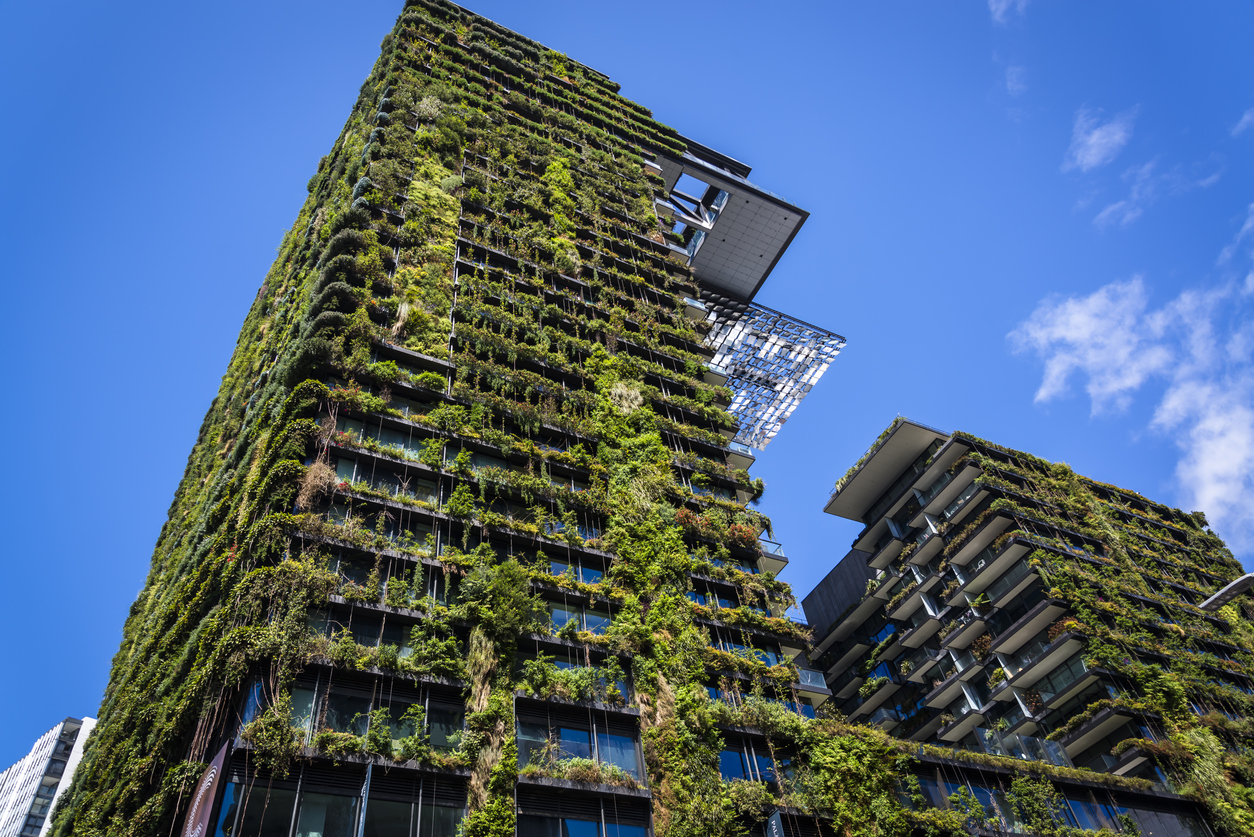In an era where environmental consciousness is paramount, green construction has emerged as a transformative approach to building, promoting sustainable practices and minimizing the ecological footprint. From residential homes to large commercial structures, embracing green construction techniques not only benefits the environment but also enhances the quality, efficiency, and longevity of buildings. This article delves into the realm of green construction, exploring the sustainable practices that pave the way for environmentally friendly projects.
I. Harnessing Renewable Energy Sources
A. Solar Power
Utilizing solar panels to harness the power of the sun is a cornerstone of green construction. Solar energy provides a clean, renewable source of electricity, reducing reliance on fossil fuels and lowering carbon emissions. Solar panels can be integrated into roofs and facades, making them an aesthetically pleasing and eco-friendly choice.
B. Wind Energy
For locations with consistent winds, wind turbines can generate electricity efficiently. Wind energy is a renewable resource that, when harnessed effectively, can power entire buildings or supplement the energy needs of green projects. Wind turbines are particularly suitable for open landscapes and coastal areas.
II. Energy-Efficient Design and Appliances
A. Passive Design Principles
Green buildings are designed with passive principles that maximize natural light and ventilation while minimizing the need for artificial heating or cooling. Proper orientation, strategically placed windows, and thermal mass elements optimize energy efficiency, reducing the reliance on mechanical systems.
B. Energy Star Appliances
Incorporating Energy Star-rated appliances ensures that buildings operate with the utmost energy efficiency. Energy Star certification guarantees that appliances meet strict energy performance standards, leading to reduced energy consumption and lower utility bills.
III. Sustainable Building Materials
A. Recycled and Reclaimed Materials
Green construction emphasizes the use of recycled and reclaimed materials. Recycled steel, reclaimed wood, and repurposed bricks are examples of eco-friendly materials that conserve resources and reduce waste. These materials maintain high quality while contributing to environmental preservation.
B. Low-impact Insulation
Opting for insulation materials with low environmental impact, such as natural fibers (e.g., wool or cotton), ensures energy efficiency without compromising the environment. These materials are biodegradable and have minimal ecological consequences.
IV. Water Conservation Measures
A. Rainwater Harvesting
Rainwater harvesting systems collect and store rainwater for various uses, including irrigation, flushing toilets, and even for drinking when properly treated. By harvesting rainwater, green buildings reduce the strain on local water supplies, promoting sustainability.
B. Greywater Recycling
Greywater recycling systems treat water from sinks, showers, and laundry for reuse in irrigation and toilet flushing. Recycling greywater conserves freshwater resources and reduces the environmental impact of wastewater disposal.
V. Conclusion
Green construction is not just a trend; it is a fundamental shift toward sustainable, environmentally responsible building practices. By harnessing renewable energy sources, incorporating energy-efficient design and appliances, choosing sustainable building materials, and implementing water conservation measures, green construction projects pave the way for a greener future. These practices not only reduce the environmental impact of buildings but also create healthier, energy-efficient spaces for people to live and work. Embracing green construction is a vital step toward a more sustainable world.
FAQs about Green Construction
- Q: Are green construction practices applicable to both residential and commercial projects? A: Yes, green construction practices can be applied to both residential homes and commercial buildings, regardless of size or scale.
- Q: Does green construction significantly increase the initial costs of a project? A: While some green technologies may have higher upfront costs, the long-term savings in energy and water bills often outweigh the initial investment. Additionally, many governments offer incentives and rebates for green construction projects.
- Q: Are there specific certifications for green buildings? A: Yes, certifications like LEED (Leadership in Energy and Environmental Design) and BREEAM (Building Research Establishment Environmental Assessment Method) validate the sustainability and environmental performance of buildings.
- Q: Can existing buildings be retrofitted to incorporate green construction practices? A: Yes, existing buildings can undergo retrofits to incorporate green technologies and practices. Retrofitting can significantly enhance energy efficiency and sustainability.
- Q: What are some examples of innovative green construction projects around the world? A: Innovative green construction projects include net-zero energy buildings, green roofs, and eco-friendly modular construction. These projects showcase cutting-edge technologies and sustainable practices in action.


YOUR COMMENT